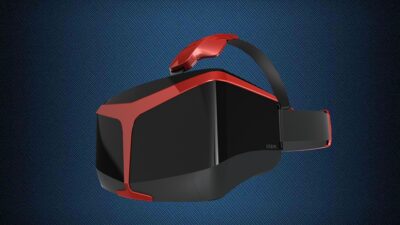In the fast-paced realm of technology, few inventions have undergone such a remarkable transformation as smartwatches. Once relegated to the status of niche gadgets, these multifunctional devices have seamlessly woven themselves into the urban fabric of modern life. Their transition from quirky curiosities to essential accessories reflects evolving consumer needs, advancements in technology, and a broader cultural shift toward health and connectivity.
The Dawn of the Smartwatch
The concept of the smartwatch isn’t as new as one might think. Early versions, such as the Seiko’s "Data 2000" launched in 1983, were primarily digital watches with limited data storage capabilities. These devices could record memos and appointments, but their utility remained constrained by technological limitations.
It was not until the 1990s and early 2000s that the first wave of “smart” watches began to emerge. Devices like the IBM WatchPad and Microsoft’s SPOT (Smart Personal Objects Technology) attempted to integrate basic internet functionalities. However, the lack of smartphone integration and clunky interfaces meant they garnered limited interest.
The Turning Point: The Rise of Smartphones
The smartphone explosion in the late 2000s paved the way for the smartwatch revolution. With the introduction of the iPhone in 2007 and subsequent Android devices, mobile computing became ubiquitous, and the appetite for wearable technology grew. Apple and Samsung’s ventures into the smartphone market highlighted the need for complementary devices that could enhance mobile experiences.
In 2012, the Pebble Watch launched on Kickstarter, drawing significant attention and proving that there was a market for smart wearables. It was the first smartwatch in the modern sense, featuring notifications, customizable watch faces, and fitness tracking. The campaign’s success marked a watershed moment, legitimizing smartwatches as a category deserving of consumer attention.
The Mainstream Arrival: Apple Watch and Beyond
The true mainstream breakthrough came in 2015 with the debut of the Apple Watch. Combining elegant design with powerful functionality, the Apple Watch offered health tracking, notifications, and seamless integration with the iPhone. Its launch revolutionized the smartwatch market overnight, stirring interest from other tech giants and setting high standards for design and utility.
Following Apple’s lead, manufacturers like Samsung, Fitbit, Garmin, and even luxury brands like TAG Heuer and Louis Vuitton entered the smartwatch race, producing devices aimed at various demographics. From fitness enthusiasts to fashion-forward consumers, the expanded offerings catered to diverse tastes and needs.
The Smartwatch Today: Multifunctionality and Health Focus
Fast forward to today, and smartwatches have evolved into sophisticated gadgets that boast extensive features. Modern smartwatches do far more than simply tell time. They track fitness metrics, monitor heart rates, analyze sleep patterns, and can even conduct ECGs and SpO2 monitoring. The COVID-19 pandemic saw a surge in health awareness, propelling smartwatch adoption as people sought ways to monitor their well-being remotely.
Integration with voice assistants like Siri, Google Assistant, and Bixby has further cemented smartwatches as indispensable tools. Mobile payment capabilities and app integrations allow users to navigate daily tasks with a simple tap of their wrist.
The Future of Smartwatches
As we look ahead, the future of smartwatches appears bright. Innovations in battery technology, materials (such as solar-powered watches), and the incorporation of artificial intelligence promise to enhance the capabilities and user experience even further. There’s also an increasing emphasis on style, with brands collaborating with fashion houses to create aesthetically appealing options that don’t compromise on functionality.
Moreover, as smartwatches become even more central to health monitoring and management, we may witness a shift in how healthcare providers view wearable technology. The potential for smartwatches to transform personal health management could lead to new partnerships in telemedicine and preventive care.
Conclusion
The evolution of smartwatches from niche gadgets to must-have accessories is a compelling narrative of technological progress, consumer demand, and lifestyle evolution. They exemplify how a simple concept can be transformed into a multifaceted tool that enhances our everyday lives. As technology continues to advance, one can only imagine what the next generation of smartwatches will bring, but it’s clear they will remain at the intersection of health, technology, and style for years to come.



